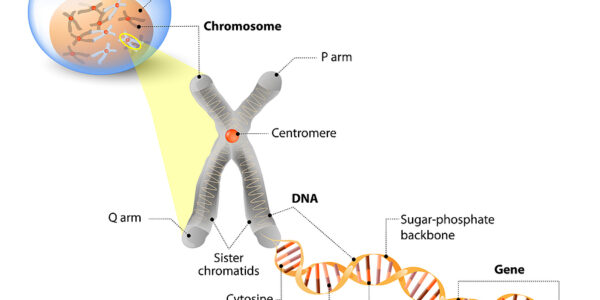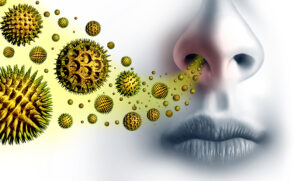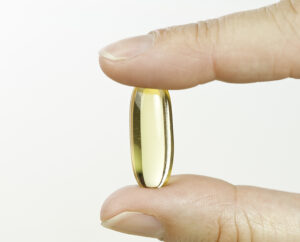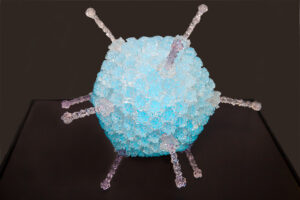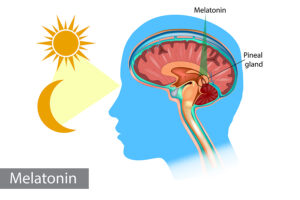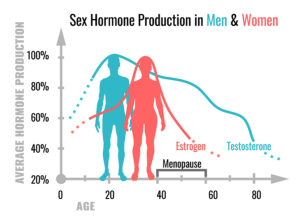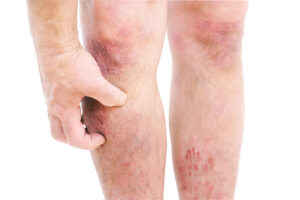A publication in Nature Communications investigated the power of a placebo. Specifically, they wanted to know whether there is a difference between a hidden and a known placebo. With a hidden placebo the patient is unaware whether a pill is a placebo pill or a real medication. With a non-deceptive or known placebo, the patient knows it is a placebo. In this study the investigators wanted to know whether a non-deceptive placebo still can have an effect. As we shall see below the answer is: yes, non-deceptive placebos still have an effect. This was also summarized in this review.
Literature review
The authors reviewed the literature about placebo effects. They found 26 studies that reported positive effects with placebos, but they were mostly self-reporting. However, 8 studies measured objective markers. Only one study found improvement with a placebo therapy, namely by performing a task. The researchers also learnt that physical conditions do not respond to a placebo therapy. Examples of such physical conditions are wound healing, healing of fractures or appendicitis requiring surgery. In contrast, the conditions responding to either hidden placebo or non-deceptive placebo involved emotional distress. This was what the subsequent experiments concentrated on.
The experiments
62 men and women participated in experiment 1. Experiment 2 had a nonclinical sample from another large university in the Midwest. Only females were accepted for experiment 2. The investigators wanted no sex differences in brain structure, brain formation and emotion processing.
The first experiment
For the first experiment the researchers recruited 62 healthy male and female students between the ages of 18 and 30. They were from two universities, namely the Michigan State University and the University of Michigan. Before the experiment started the hidden placebo group read an article about pain treatment. They were also given nasal placebo drops with the remark that this would help making the measurements more accurate. The known placebo group read another article that explained how placebos work. The text included a passage that explained that placebos work even in the case where the person knew they were a placebo. The same nasal drops were given with the remark that there was no active ingredient in it, but it “would help reduce their negative emotional reactions to viewing distressing images if they believed it would. “
Results of first experiment
The researchers asked participants to view a series of 20 images with negative and cruel content. The subjects also viewed 10 images that were neutral in content. The participants viewed each image for a few seconds, then the investigators asked how they felt on a scale of 1-9. The group who knew that the nasal spray was a placebo felt less negative after viewing the distressing images compared to the other group.
The second experiment
In the second experiment the researchers showed a mixed sequence of neutral and distressing images to female subjects. The purpose was to measure the brain activity as a result of invoking various feelings. The investigators employed a modified continuous electroencephalography (EEG) recording of the brain activity to measure the processing of feelings. They showed a neutral screen between the negative and neutral images and asked the participants to clear their mind. The researchers scanned the brain activity at two time points. The first point measured the patient’s immediate reaction. The second point measured the brain activity at the end of emotional processing and understanding of the image. As discussed below this experiment showed the power of the placebo.
Results of the second experiment
There was no difference of the known placebo group and the control group (the deceptive placebo group) with regard to the initial reaction to the images. However, the placebo group showed less activity in the second period. The researchers monitored the brain activity with a modified EEG and in comparison to the control group. According to the authors the known placebo group was able to process their emotional response to the distress better than the control group.
The authors attempted to correct for confounding variables. In the process they found out that those who did not believe in the power of a placebo still reacted the same way as the placebo group did. The researchers performed the second experiment only on women as the brains and processing modes are sex-specific. They did not want to introduce confounding variables unwittingly. At this point we do not know how males as a group react in similar experiments.
Conclusion
With a hidden placebo the patient is unaware whether a pill is a placebo pill or a real medication. With a non-deceptive or known placebo, the patient knows it is a placebo. In a study with two experiments the investigators wanted to know whether a non-deceptive placebo still can have an effect. The result of the experiments showed that non-deceptive placebos still have an effect. The proof for his was with placebo nasal drops. The subjects viewed 20 upsetting images and subsequently 10 neutral images. They scored on a scale of 1-9 how upset they felt about the distressing images. The group who knew that the nasal spray was a placebo felt less negative after viewing the distressing images in comparison to the other group.
Placebo helps to process emotional response better than control group
In the second experiment investigators employed a modified continuous electroencephalography (EEG) recording of the brain activity to measure the processing of feelings. The investigators showed alternating upsetting images and neutral images to a female group of students. According to the authors the non-deceptive placebo group was able to process their emotional response to the distress better than the control group. This showed the power of the placebo. The authors concluded that these results may help develop new treatment plans for depression, emotional disorders and emotional distress.

